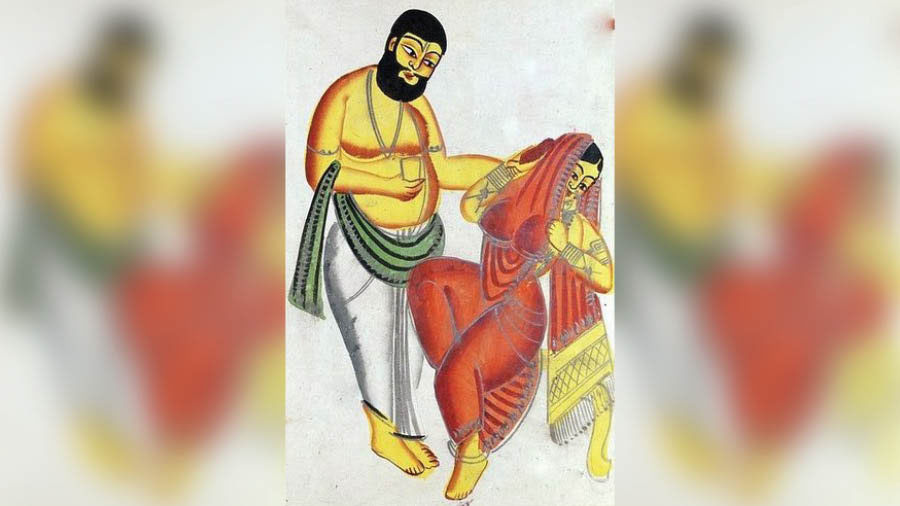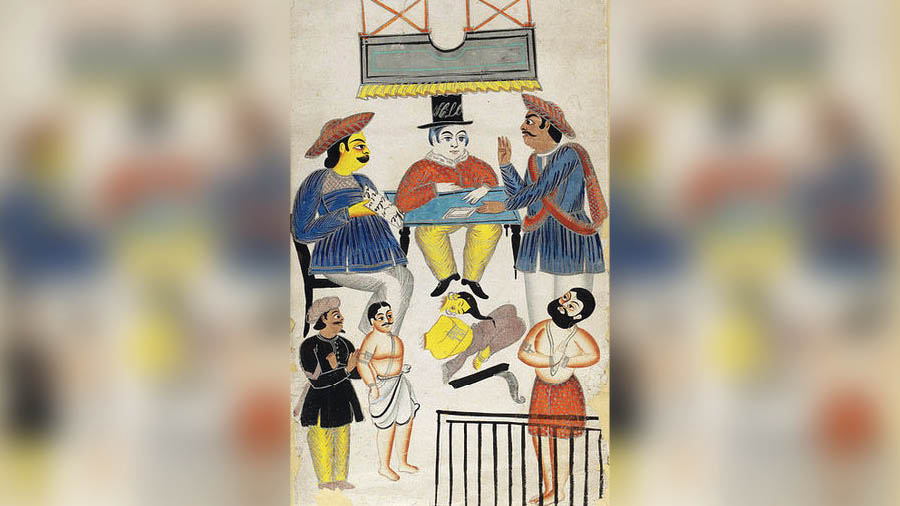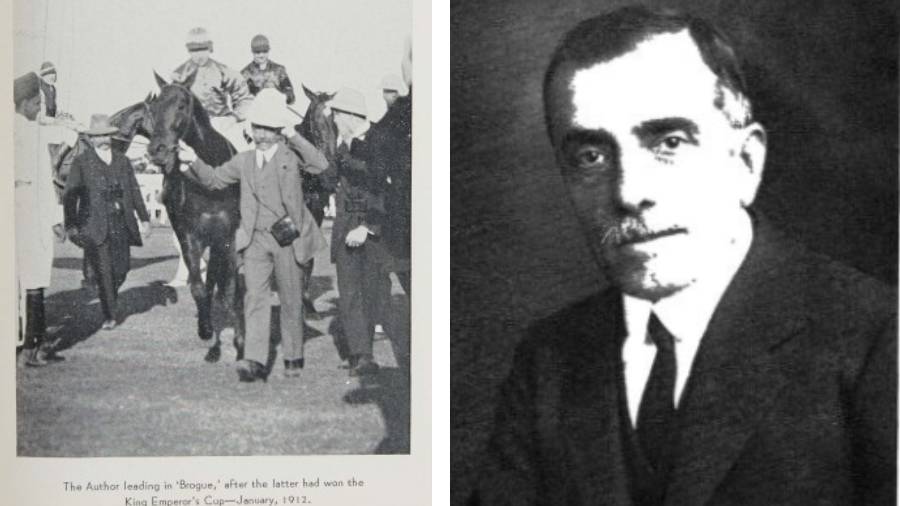The year, 1873. Calcutta was then the capital of British India and was the literal Jewel in the British Crown’s Asian colonies. It had been nearly 16 years since the last embers of the Great Mutiny of 1857. The land was now being firmly ruled by the Crown.
Nobin Chandra Banerjee was like most average Bengalis of the time. After completing his education, he had got married and was working in a military press in Calcutta. His government salary, probably, wasn’t enough to maintain a household in the city. In any case, Nobin’s 16-year-old wife, Elokeshi, lived in a village called Kurmul, near Tarakeswar, with her parents – father and step-mother. All was well on the face of it. Nobin worked in the city and visited his wife from time to time. But then, the cookie started to crumble.
Rumours of an intense affair
The couple had been married for a few years, but they had no children. The mahant, or head priest, of the local Tarakeswar temple, Madhavchandra Giri, was renowned for having a potent medicine for fertility. As events unfolded, it would appear the mahant’s potency lay in something else. Elokeshi visited the mahant pleading for the medicine. In no time, the village was agog with gossip of an intense affair between the mahant and the young woman. There were whisperings that Elokeshi’s step-mother had played an important role in the scheme of things, leading her step-daughter astray. Then, things took a tragic turn.

The ‘mahant’ offers Elokeshi childbirth medicine
Nobin, who hadn’t visited his wife for a while, had been blissfully unaware of the developments. His next visit though, turned torturous. Poor Nobin was publicly humiliated and made fun of by the villagers. Furious, he confronted Elokeshi. The poor girl broke down and begged for forgiveness. Here, the lines of history blur a bit. One version says Nobin, in a fit of rage, took a fish knife and slit Elokeshi’s throat, while another states that Nobin, who actually loved his wife very much chose to forgive her and was planning to take her away from the village. However, the mahant, a most influential man, arranged armed goons to prevent them from leaving. Frustrated and angry, Navin chose to murder his wife, before surrendering himself, in tears, to the nearest police outpost.
The drama begins
Whatever may be the truth, poor Elokeshi’s fate remained the same. However, what happened after this was completely unexpected. The case of The Queen vs. Nobin Chandra Banerjee was first heard in the Hooghly Sessions Court at Serampore. The Indian jury accepted Nobin’s plea of temporary insanity and acquitted him. But, the drama had just begun. The British Field Judge, seeing himself as the upholder of justice for Her Majesty’s Indian subjects, rejected the jury’s decision and forwarded the case to the Calcutta High Court. He also added that the mahant must also be indicted, as there was clear evidence in form of witnesses of the illicit affair between him and the now deceased Elokeshi.

A depiction of the trial
The trial, both at Serampore and in Calcutta, became the talk of town. The newspaper Bengalee reports that, “People flock to the Sessions Court as they would flock to the Lewis Theatre to watch Othello being performed”. Such was the rush to see the trial live, that the Sessions Court actually started charging an entrance fee. Court proceedings were repeatedly interrupted by protesters who wanted clemency for Nobin and harsh punishment for the mahant. The errant holy man, and his English defense counsel, were also attacked outside the court. Finally, Judge Markby of Calcutta High Court found both Nobin and the mahant guilty, of murder and adultery respectively. While Nobin was given life imprisonment, the mahant was given a three-year rigorous jail term and a Rs 2,000 fine. The Bengali population felt that the mahant was let off lightly, and sympathy for Nobin grew stronger.

The ‘mahant’ turns an oil press in prison
Meanwhile art and literature of the time exploded with the case! The newly introduced printing technology provided a boost, as none fewer than 75 titles were published in the next three years – long poems, plays and even novels – based on the sordid affair. Most of them took a sympathetic view of Nobin, while some of them portrayed Elokeshi as a seductress and femme fatale. One of the most famous (or infamous!) plays based on the affair was Mahanter e Ki Kaaj! (What has the Mahanta done!). Some other imaginatively titled plays were Mohanter Chakrabhraman, Mohanter Ki Saja, Mohanter Karabash and Mohanter e Ki Dasha. As can be made out from the titles, there was little ambiguity among the writers as to the identity of the main villain in the piece.
Incidentally, while punished for life, Nobin was released during the third year of his sentence. Ironically, it was at the same time as the mahant. The latter, quite shockingly, was reinstated as the head priest and held the post till his death in 1894. Nobin’s acquittal came after several public petitions and clemency pleas from the Bengali elite class from both Calcutta and the districts. A 10,000-strong signature petition was also submitted from the lower middle class for the same. Nobin, however, vanishes at this time from the pages of history and was never heard of again.
How it became a talking point
The tale of Nobin, Elokeshi and the mahant was immortalised in Kalighat paintings – a new form of art based on the traditional patachitro tradition of Bengal. In the 19th century, as Kalighat’s prominence as a centre of Hindu religion grew fast, many pata artists settled nearby and sold their wares to the pilgrims for taking away as a souvenir. While the Kalighat paintings typically contained imagery associated with the goddess, in the years following the Elokeshi affair, that became the dominant theme. Many of the paintings are still found in the collection of UK’s Victoria and Albert Museum.
Incidentally, Madhavchandra Giri was not the first Tarakeswar mahant to be involved in a crime of passion. In 1824, one of his predecessors was sentenced to death for the murder of his mistress’s lover. However, that incident hardly remained in public memory for long. But the arrival of printing and the Kalighat paintings ensures that the Tarakeswar or Elokeshi affair remained a talking point in the Bengali society for decades to come.


